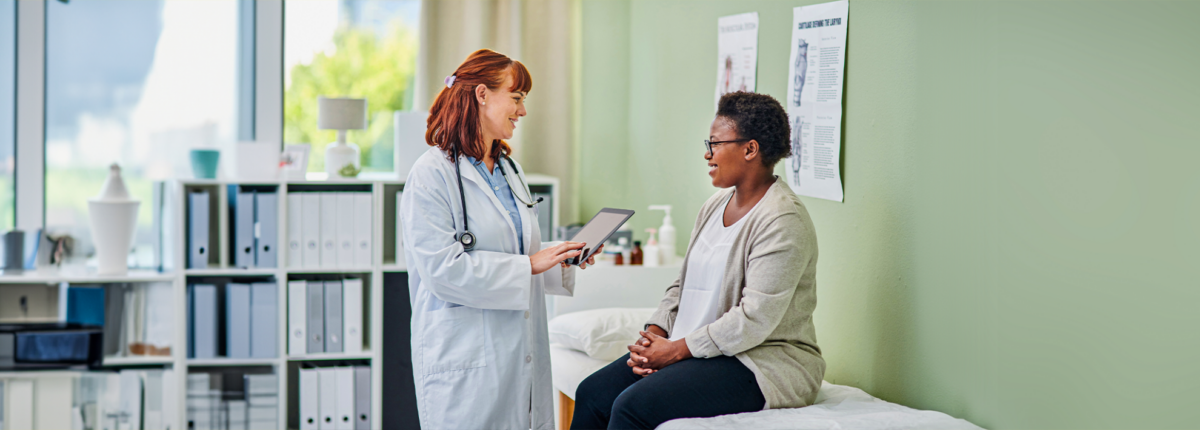WWII Hero Saves T1D Lives with Home-brew Insulin
Written by: Greg Brown
3 minute read
March 8, 2017
Editor’s Note: The POWER UP Campaign runs through October 14 with a goal of raising $200,000 to support everyone impacted by type 1 diabetes. Give here. Your dollars go directly to education, advocacy and the path to a cure for type 1 diabetes.
Anyone who lives with type 1 diabetes (T1D) knows a few things about overcoming obstacles. But not all obstacles are equal. Consider the story of Eva Saxl, the diabetes legend who made her own insulin—yes, I said made her own insulin—during World War II to survive, showcasing the power of human innovation under the most dire circumstances.
Born in Prague, Czechoslovakia, Eva was 19 years old in 1940. Her native country was under Nazi occupation. As war continued to rage across Europe and Jewish persecution mounted, Eva and her husband, Victor, both of whom were Jewish, fled by boat, settling in Shanghai after traveling across the Suez Canal to China.
While working as an English teacher in China, Eva began to experience severe and frequent thirst and was diagnosed with T1D. After collapsing at the dinner table one night, she was put on an insulin regime.
Her condition was completely manageable at first—T1D patients had been living healthy lives with insulin regulation since the mid-1920s. Furthermore, she had work, access to medical care and a support system. That all changed after the Japanese attack on Pearl Harbor. Saxl and her fellow residents in the Jewish ghetto watched as the Japanese tightened their occupation of China. All Shanghai pharmacies were closed. Suddenly they were without access to insulin.
Many turned to the black market to survive, but Eva wasn’t about to stand for those risks. After seeing a friend die from injecting contaminated black-market insulin, Eva managed to get a copy of “Beckman’s Internal Medicine.” The book gave a detailed account of the methods Dr. Frederick Banting and Charles Best—the Canadians who first discovered insulin and recognized the peptide’s ability to regulate blood sugar—used to extract and purify insulin from dog, calf and cow pancreata in 1921. Eva and Victor suddenly had their answer. And it was a radical one at that. They would follow Banting and Best. They would learn to make their own insulin.
Without access to dogs, calves, or cows, Eva knit stockings and sold them to purchase water buffalo pancreata. Then, in a small basement laboratory in a Chinese municipal building, the couple got to work. After months of trial and error they were able to produce brown-colored insulin, a far cry from the clear, laboratory-derived insulin they were used to. The risks were myriad. The pancreata could have been contaminated with bacteria. There was no way to test the extracted insulin’s potency. What if it caused infection? What if it induced hypoglycemia?
With limited means and tools, a controlled test was their only chance. The Saxls divided rabbits into two groups. They injected one group with their extracted insulin and one group with Eva’s pharmaceutical insulin. Then they watched to see if the two groups experienced the same blood sugar reactions and symptoms. After running tests on rabbits for more than a year, Eva was running out of conventional insulin. Without any other options, she tried her home-brew on herself. It worked.
Victor immediately administered the insulin to two locals with diabetes close to death. Both survived. And the Saxls went on to start an insulin clinic at a nearby hospital. They were only able to give patients 16 units of insulin a day. But it was enough to keep an estimated 400 people alive until American soldiers liberated the Shanghai ghetto in 1945.
Under the grimmest circumstances, Eva Saxl found an answer. Between 1941 and 1945, the years she was doling out her home-brewed concoction, not a single death was reported in the Shanghai ghetto from tainted insulin. The Saxls left China for New York City shortly after the liberation. Their efforts had made them famous, and for years Eva was a leading diabetes spokesperson who worked doggedly through her lifetime to inform the public and erase stigmas around T1D.
Read The History of Type 1: Where We’ve Been and Where We’re Going by Alexi Melvin.

Author
Greg Brown
Greg Brown is a freelance health, finance and environmental writer living in the mountains of western Maine. He has written for Consumer Reports Magazine, Consumer Reports Online, The New York Times and The Chicago Tribune, among other publications. He holds an MFA in Fiction Writing from the University of Iowa Writers' Workshop and an MS in Journalism from Columbia University. He can be reached at [email protected].
Related Resources

Already compatible with Dexcom’s G6 and G7 continuous glucose monitors (CGMs), the Omnipod 5 Automated...
Read more

The younger a person is diagnosed with type 2 diabetes, especially those with obesity, the...
Read more

The Oura Ring, which tracks things like sleep, heart rate, and activity, is joining forces...
Read more

